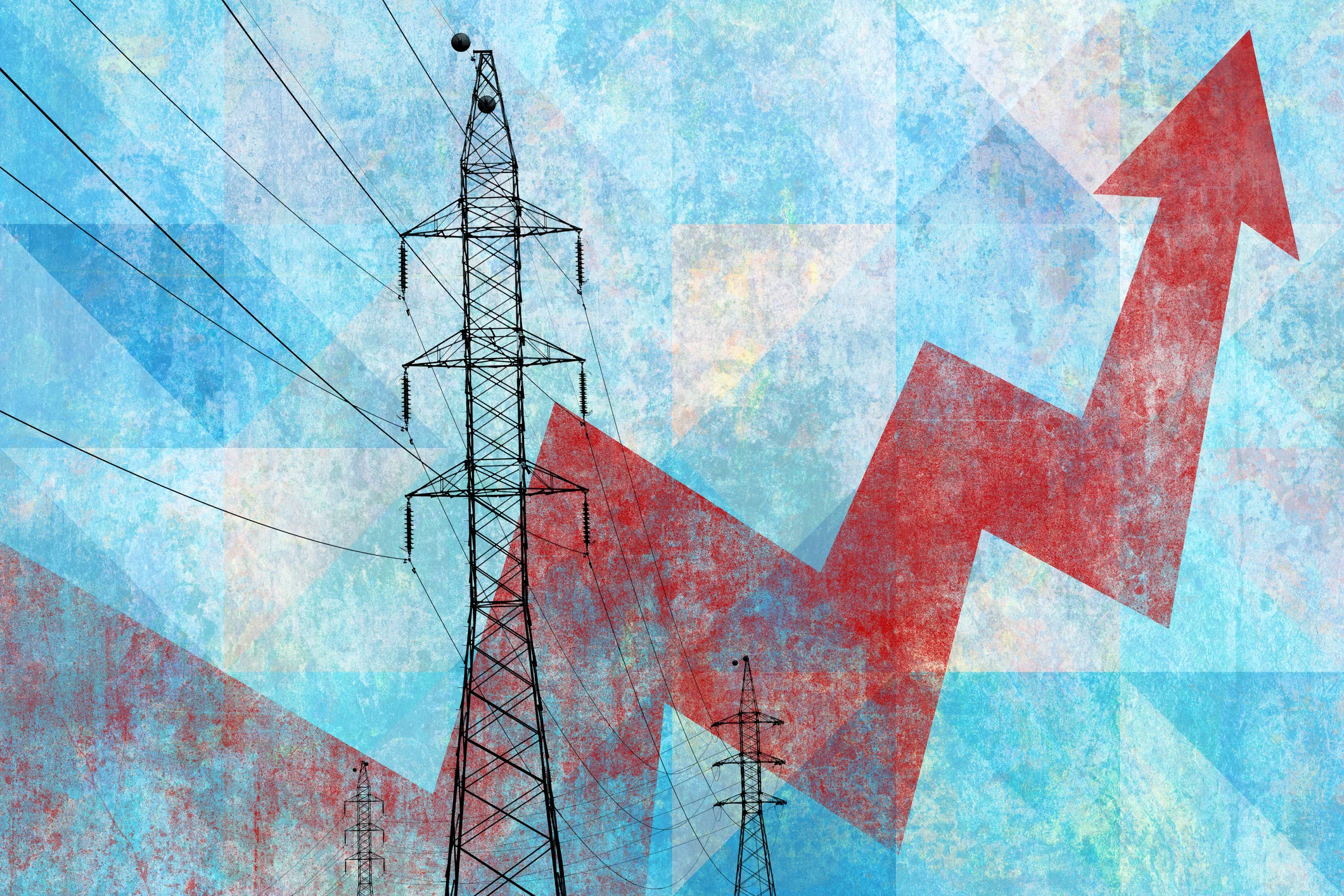Any marketer worth their salt can tell you that failure is a valuable tool to learn how to better message. To honor that, every year we review what is and isn’t working in our content strategy, to better understand what’s connecting the most with our audience. This year, load forecasting, energy arbitrage, and technological innovation have all proven useful to our audience, whether that’s to better understand industry trends or to get a handle on how to better (and affordably) meet rising demand. Read on to learn what’s captured the attention of our readership for the year.
#1: Buy Low, Use High: Energy Arbitrage Explained
In 2022, we penned an article explaining the concept of energy arbitrage, which—to take a moment of pride—has since gone on to be the top search result in Google. Simply put, energy arbitrage involves the purchase of energy through an energy market during off-peak periods of consumption when supply and demand support the lowest possible prices. This strategy has gained increased traction as battery energy storage systems have increased the total battery storage capacity, providing a path for utility operators to purchase energy at a lower cost and save it until it’s needed during peak periods of demand.
#2: What is Load Forecasting?
How can you plan today for an uncertain tomorrow? That’s at the core of our explanation of load forecasting, number two on our list of top blogs, a load management strategy that uses real-time and historical data to predict electric demand. This information is valuable for the planning of energy purchases as well as for determining the best times for potential grid events and the need to deploy demand flexibility programs like demand response or EV charging. Traditionally, the industry has relied on fixed and deterministic information, and historical data, to inform any load management choices. While that model has proven sufficient, the volatile weather events, increased demand from AI and data centers, and supply and demand challenges have complicated this process. Now, utilities need something that doesn’t predict the past but uses AI and machine learning on real-time data to model and track an increasingly erratic energy market.
#3: Energy Terms 101: Glossary of Utility Company Phrases and Acronyms
The language of the energy industry has changed rapidly, perhaps even more so over the last several years. For example, terms like “demand-side management” have given way to “demand flexibility,” which describes a series of potential load management strategies. Likewise, my introduction to the concept of virtual power plants implied that VPPs were an aggregation of community-generated resources; a utility could access behind-the-meter solar assets and redistribute that energy to the grid to meet needs. Of course, that is only one explanation and use case of a virtual power plant, which has expanded to have a similar meaning to demand flexibility: an aggregation of energy assets of all kinds, from generated energy to conservation.
– Syd Bishop, Sr. Content Specialist, Virtual Peaker
Language is dynamic and changes with time. This is a reflection of trade and migration, technological innovations, and cultural trends. In the case of the energy industry, the fact that the vocabulary words used to describe it evolve so frequently is a demonstration of how cutting-edge—and vital—the work is. The technologies and load management concepts around the industry have shifted wildly, from long-winded acronyms like DERs or DERMS to the aforementioned virtual power plants and beyond. Fortunately, we have you covered with our living list of terms and acronyms to make all of this that much easier.
#4: The Difference Between Grid DERMS & Grid-Edge DERMS
Not all distributed energy resource management systems (DERMS) are the same. That was the premise for our article distinguishing between Grid and Grid-Edge DERMS by type and further illustrates the dynamic nature of the energy sector: new terms are always on the horizon. To answer the question, Grid DERMS manage utility-held DER assets like solar or battery installations, whereas Grid-Edge DERMS manage behind-the-meter DER assets like solar, battery energy storage systems, EVs and EVSE chargers, and smart home devices like thermostats or water heaters for use in demand flexibility programs. Together, these two types of DERMS create a holistic ecosystem of both utility-held and community-sourced DER assets, providing numerous paths to load management, enhanced grid resiliency, and decreased peak energy market purchases. Read on for our last entry, which combines these technologies with load forecasting and more to realize a reliable output for behind-the-meter DERs.
#5: Introducing the Next Generation of Virtual Power Plants: Topline Demand Control
This May, we introduced a new class of virtual power plant: Topline Demand Control. Topline Demand Control is a novel innovation that combines AI, model predictive control, and load forecasting with the Shift Grid-Edge DERMS suite to provide a reliable outcome for demand flexibility events. Suppose a grid event is upcoming due to forecasted temperature extremes. Using Topline Demand Control, utilities can request their desired output, and Topline will ensure that outcome. It’s exciting, to say the least, that Topline Demand Control has captured the attention of our audience, and we’re excited to see what the future holds for functionality that eliminates uncertainty from grid management!
Top 5 Blogs of 2024 Roundup: Forecasting, Energy Arbitrage, & Topline Demand Control Conclusion
There are some particularly heartening inclusions on this list, particularly a keen interest in future-proofing the energy sector through innovative solutions like advanced load forecasting or AI-guided DER control and optimization. Irrespective of any cultural or political shifts, the energy transition remains vital to the energy sector, and based on the reception of these pieces, our audiences are inclined to agree.




